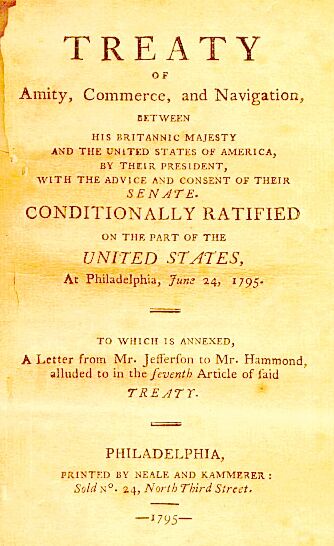What is the history of the leap year?
 February 29, 1800 — Known as the leap day of the Gregorian calendar, February 29 is a date that occurs in most years that are divisible by 4 — such as 2008, 2012, 2016, 2020 and 2024. Introduced as part of the Julian reform, leap years began occurring on the 60th day of the Gregorian calendar; it repeats itself every 400 years, totaling exactly 20,871 weeks with 97 leap days.
February 29, 1800 — Known as the leap day of the Gregorian calendar, February 29 is a date that occurs in most years that are divisible by 4 — such as 2008, 2012, 2016, 2020 and 2024. Introduced as part of the Julian reform, leap years began occurring on the 60th day of the Gregorian calendar; it repeats itself every 400 years, totaling exactly 20,871 weeks with 97 leap days.
Over this period, February 29 falls on Sunday, Tuesday, and Thursday 13 times each; 14 times each on Friday and Saturday; and 15 times each on Monday and Wednesday. The order of the leap days is: Thursday, Tuesday, Sunday, Friday, Wednesday, Monday and Saturday.
Did you know: Adding a leap day (after 23 February) shifts the commemorations in the 1962 Roman Missal. The day following the Terminalia (February 23) was doubled, forming the “bis sextum”—literally ‘double sixth’, since February 24 was ‘the sixth day before the Kalends of March’ using Roman inclusive counting (March 1 was the ‘first day’).
Exceptions exist. The first day of the bis sextum (February 24) was usually regarded as the intercalated or “bissextile” day since the third century.[2] February 29 came to be regarded as the leap day when the Roman system of numbering days was replaced by sequential numbering in the late Middle Ages.
Sources
Words of Wisdom
1796 – The Jay Treaty between the United States and Great Britain comes into force, facilitating ten years of peaceful trade between the two nations.
1864 – American Civil War: Kilpatrick-Dahlgren Raid fails. His plans to free 15,000 Union soldiers being held near Richmond, Virginia are thwarted.





